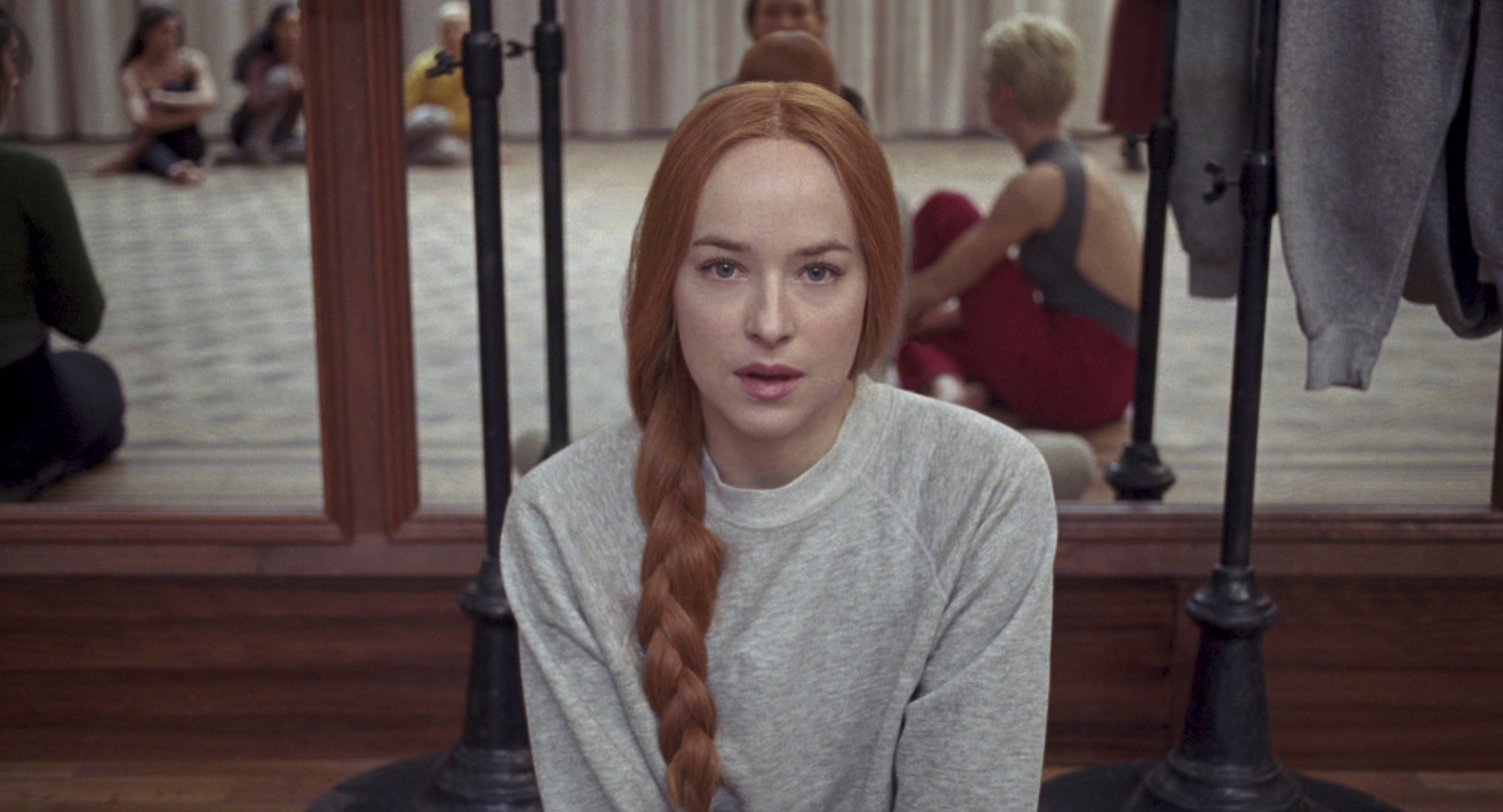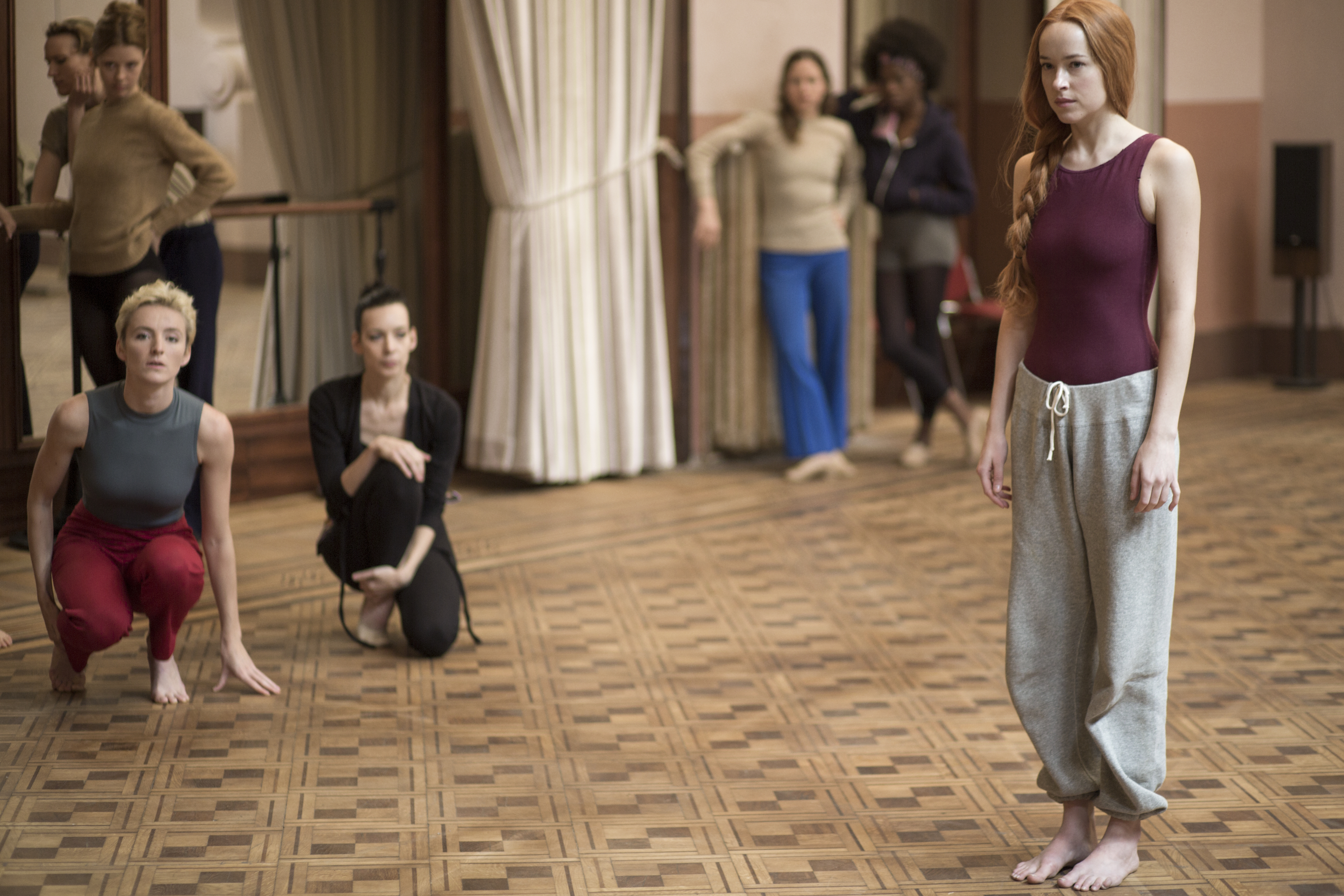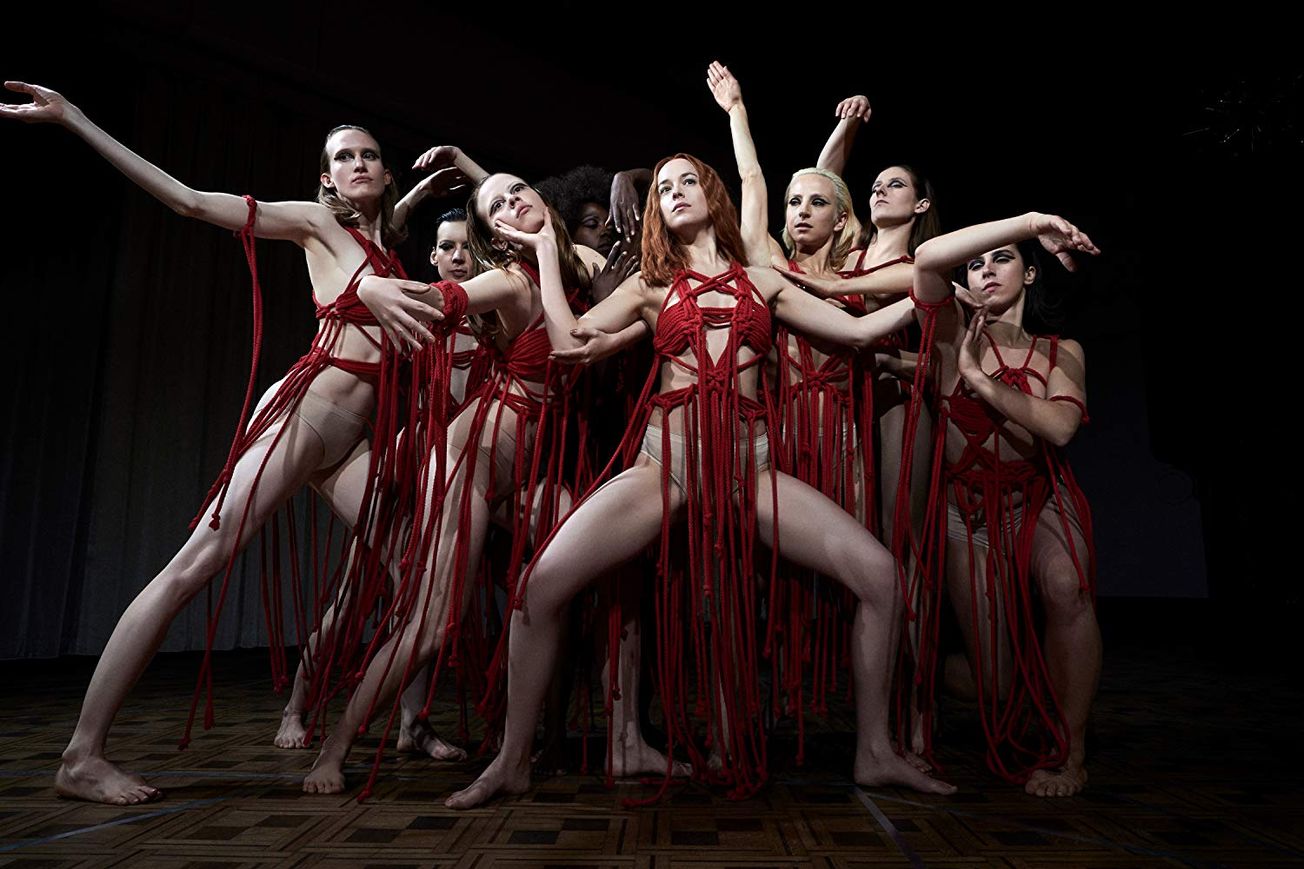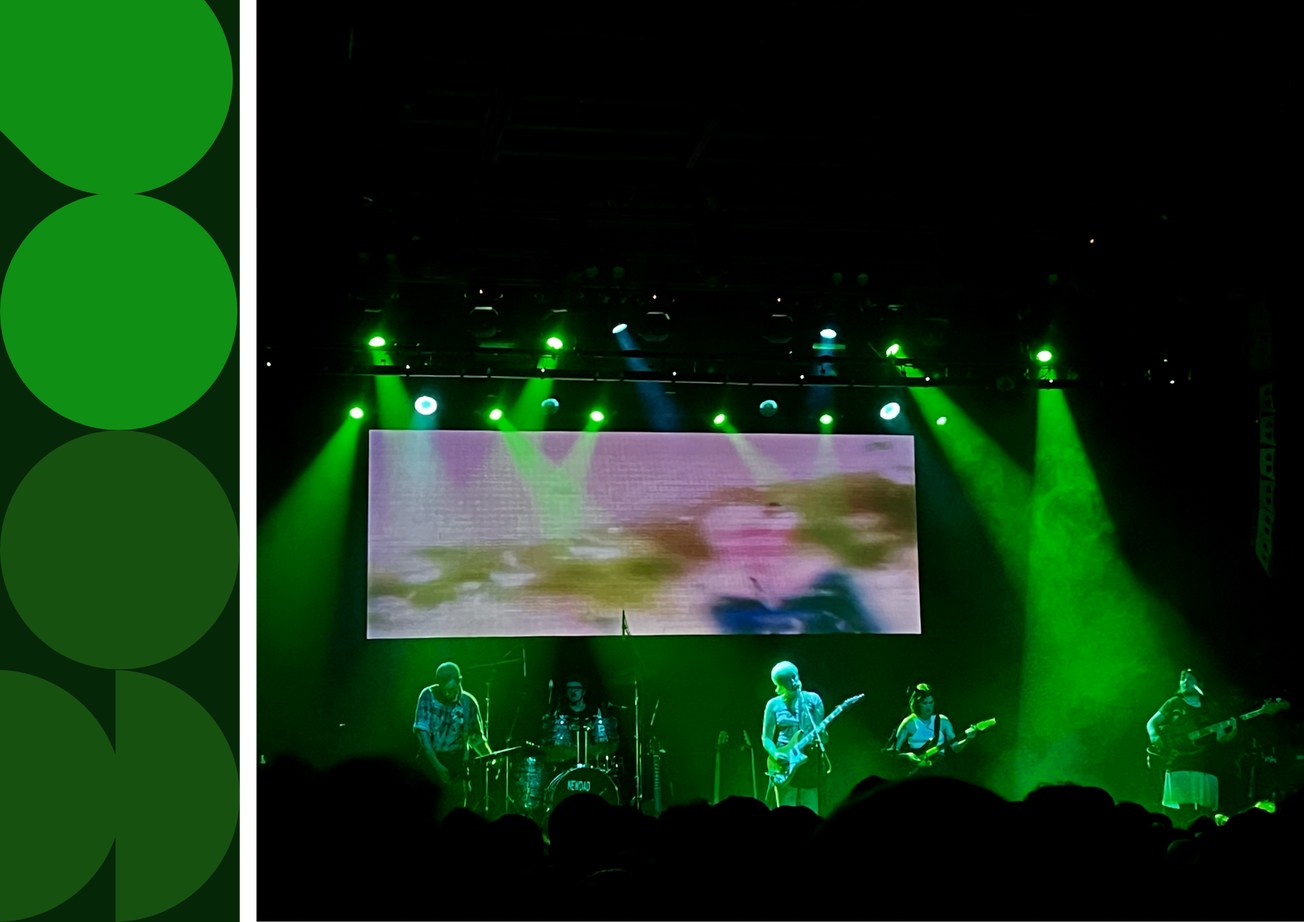By Charlie Gearon. Epigram Film & TV Editor 2017-18
Luca Guadagnino, director of Call Me By Your Name (2017), follows up his breakout gay romance with a surprising horror film with a bold ending.
YouTube / Amazon Studios
It is often said of horror films that they have ‘tension bubbling under the surface’. Upon sitting down to write this review, I was tempted to use some such phrase to describe Luca Guadagnino’s Suspiria. After considering this for a moment, however, it became apparent that this would in no way do justice to the overwhelming sense of dread that permeates every facet of Guadagnino’s most recent offering as director.
In fact, by the film’s climactic ending, there is little left beneath the surface. While Suspiria’s opening acts do thrive on a subtle and nagging sense of unease, this more delicate approach is all but abandoned as the film progresses. What may have started as bubbling tension erupts into a cataclysmic furore in the final act.

London Film Festival / Suspiria
This approach will likely be derided by some as heavy-handed, even tasteless - The Guardian’s Peter Bradshaw described the film’s ending as ‘orgiastic’. Despite this, there is a historical precedent for this approach to storytelling. Suspiria is a textbook, if somewhat overexaggerated, example of Shakespearean catharsis; the sense of tension and disquiet which characterises the film’s opening acts builds and builds as the film progresses until it can no longer be contained, and it forces its way to the surface in a bloody display of violence.
Suspiria’s score, written and performed by Radiohead's Thom Yorke, perfectly consolidates this theme of tension and release. Yorke switches seamlessly between melancholic piano ballads (such as the film’s title-track, 'Suspirium') and dissonant, frantic electronica. This constant undulation, this constant tension and subsequent release, is masterfully moulded to fit the narrative movement of the film.
When you’re listening to the #Suspiria soundtrack and thinking about how talented @thomyorke is. https://t.co/rkfzerZ75W pic.twitter.com/Sr6Ln6GNxx
— Suspiria (@suspiriamovie) 27 October 2018
Twitter / @suspiriamovie
Even the film’s colour palette can be said to follow a similar progression. Set in 1970s Berlin, with the Berlin Wall constantly looming in the background, the first 4 or 5 acts of the film - Suspiria is split into 6 titled acts - are visually muted and dull. A near constant stream of rain, dark greys and greens, and cement architecture make up the majority of the setting throughout the first ninety minutes of Suspiria.
All this serves to do, however, is make the eventual explosion of scarlet at the film’s end all the more striking. The viewer is made aware of how dull the film’s colour palette has been only at the film’s close, when these muted tones make way for an oppressive wash of vibrant reds. As with the narrative, and with the score, under-the-surface tension eventually subsides in favour of an all-out attack on the senses.

London Film Festival / Suspiria
This concept is what separates Suspiria from the films of David Lynch and Yorgos Lanthimos – two comparisons I found myself making at points throughout the film. Both Lynch and Lanthimos are vehemently committed to maintaining tension as the driving force behind their works. The climaxes found in The Killing of a Sacred Deer (2017) or Blue Velvet (1986), while violent, leave the viewer purposefully perplexed, with this uncertainty lasting long after the final credits have ended.
No such uncertainty is left at the end of Suspiria. The final act leaves everything on the table, and the viewer, while shaken, will leave the theatre with a sense of closure at the very least.
Featured Image: IMDb / Suspiria
Did Suspiria's final flourish leave you spellbound?
Facebook // Epigram Film & TV // Twitter









